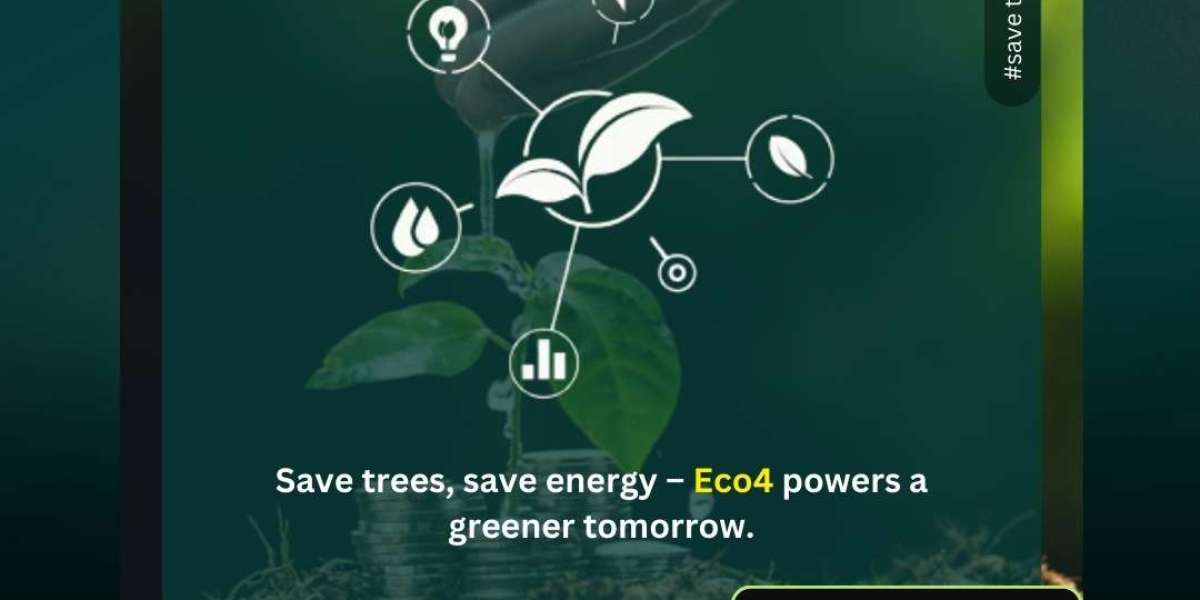Internal wall insulation grants are financial assistance programs designed to help homeowners improve the energy efficiency of their properties. These grants aim to reduce heat loss, lower energy bills, and decrease carbon footprints by providing funding for insulation materials and installation.
Benefits of Internal Wall Insulation
Energy Efficiency – Insulated walls prevent heat from escaping, reducing energy consumption.
Lower Heating Costs – With less heat loss, households can save significantly on energy bills.
Enhanced Comfort – Insulated homes maintain a consistent indoor temperature.
Reduced Carbon Footprint – Lower energy usage contributes to environmental sustainability.
Increased Property Value – Energy-efficient homes are more attractive to buyers and tenants.
Who Can Apply for Internal Wall Insulation Grants?
Eligibility for internal wall insulation grants depends on several factors, including:
Homeownership Status – Grants are often available to homeowners and landlords.
Property Type – Suitable for solid wall homes without cavity walls.
Income Level – Some grants prioritize low-income households.
Existing Insulation – Homes with poor insulation may qualify for higher funding.
Government and Energy Supplier Grants
There are various programs available to help with internal wall insulation costs, such as:
Energy Company Obligation (ECO) – Funded by energy suppliers, this scheme supports insulation for low-income households.
Local Authority Grants – Some councils provide funding for energy efficiency improvements.
Green Homes Grant (historical) – Previously offered vouchers for home insulation, though similar schemes may return.
Home Upgrade Grant (HUG) – Helps low-income households improve energy efficiency.
How to Apply for an Internal Wall Insulation Grant
Check Eligibility – Research government websites or contact local councils.
Find Approved Installers – Work with certified professionals to meet grant requirements.
Submit Application – Provide necessary documentation, including income proof and property details.
Schedule an Assessment – Experts will evaluate your home for insulation needs.
Receive Approval and Installation – If approved, the installation process will commence.
Cost of Internal Wall Insulation Without a Grant
For those not eligible for grants, internal wall insulation costs range from £4,000 to £15,000, depending on the property size and materials used. While this is a significant investment, the long-term savings on energy bills make it worthwhile.
Alternative Funding Options
If grants are unavailable, consider:
Interest-Free Loans – Government-backed schemes may offer affordable financing.
Energy Supplier Discounts – Some companies provide subsidized insulation services.
Local Initiatives – Community programs sometimes offer financial assistance.
Conclusion
Internal wall insulation grants provide a fantastic opportunity to enhance home energy efficiency, reduce heating costs, and contribute to a greener environment. If you’re considering insulation improvements, researching available grants and schemes can significantly lower your expenses and maximize your benefits.
Keywords: Internal wall insulation grants, energy efficiency, home insulation funding, ECO scheme, insulation cost savings, property insulation, energy company obligation grants.



